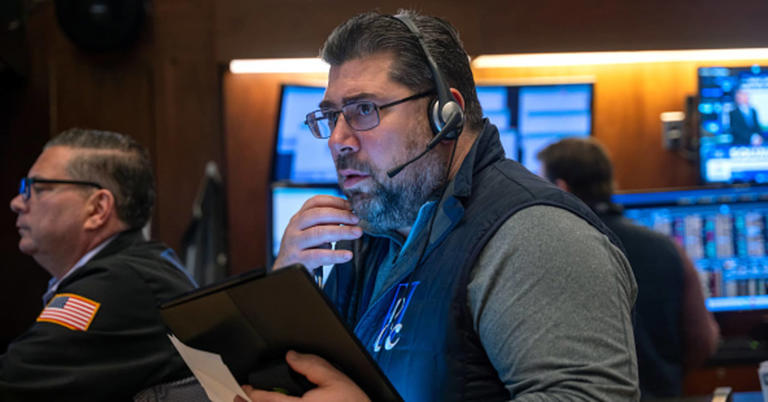Last week witnessed significant movements and developments across various sectors of the financial markets, highlighting both resilience and challenges amid broader economic trends and regulatory scrutiny.
The S&P 500, a key barometer of the U.S. equity market, set new records during the week, reaching an intraday high of 5,505.53 on Thursday before closing with a 0.6% gain for the week. This performance indicated continued investor confidence and optimism, particularly driven by strength in technology stocks and positive economic indicators.
Conversely, the Nasdaq Composite, which is heavily weighted towards technology companies, experienced relative stability with minimal gains, reflecting mixed sentiment and selective trading patterns within the tech sector. On the other hand, the Dow Jones Industrial Average posted its strongest weekly performance since May, rising by 1.45%. This index benefited from robust performances in sectors such as financials, industrials, and consumer goods, contributing to its upward trajectory.
Amidst these market movements, the yield on the 10-year Treasury note edged higher, reflecting investor concerns over inflation expectations and potential adjustments in Federal Reserve monetary policy. Higher yields often signal expectations of economic growth and potential future rate hikes by the central bank.
In the financial sector, U.S. banking regulators identified shortcomings in the “living wills” of major financial institutions including Citigroup, JPMorgan Chase, Goldman Sachs, and Bank of America. These plans, designed to outline procedures for an orderly resolution in the event of financial distress, were found to have deficiencies in managing complex derivatives portfolios. The regulators emphasized the importance of banks demonstrating robust strategies to unwind these positions effectively under various stress scenarios, highlighting ongoing efforts to mitigate systemic risks.
Tesla, a prominent player in the electric vehicle and technology sectors, announced a substantial reduction in its workforce, cutting more than 14% of its global employees in 2024. This exceeded an earlier reduction target set by CEO Elon Musk in April, as the company seeks to streamline operations and improve efficiency amidst competitive pressures and operational challenges.
Meanwhile, Apple faced regulatory hurdles in the European Union, leading to the postponement of several new features, including its flagship “Apple Intelligence” AI product. The delay was attributed to compliance concerns with the EU’s Digital Markets Act, which aims to promote fair competition and consumer protection in the digital marketplace while safeguarding user data privacy and security.
In the biopharmaceutical sector, Sarepta Therapeutics celebrated a significant regulatory milestone with the FDA’s expanded approval of its gene therapy, Elevidys, for a broader range of Duchenne muscular dystrophy (DMD) patients. This approval prompted a 30% surge in Sarepta’s stock price, underscoring the therapy’s potential to address critical medical needs and significantly expand its market potential in the U.S.
Overall, last week’s market dynamics underscored a blend of resilience, regulatory scrutiny, strategic adjustments, and sector-specific breakthroughs. Investors and analysts continue to monitor these developments closely, navigating opportunities and challenges amidst ongoing economic data releases, geopolitical events, and shifts in global financial markets.
